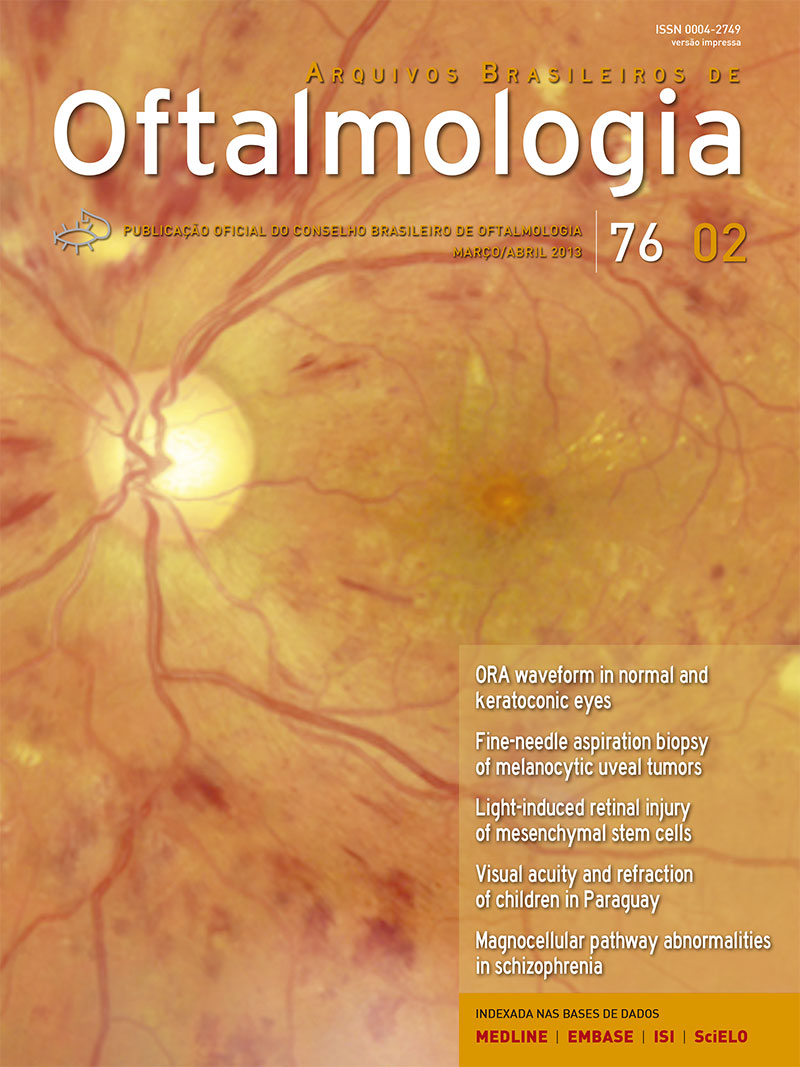PURPOSES: To assess the risk factors of age-related macular degeneration in Argentina using a case-control study. METHODS: Surveys were used for subjects' antioxidant intake, age/gender, race, body mass index, hypertension, diabetes (and type of treatment), smoking, sunlight exposure, red meat consumption, fish consumption, presence of age-related macular degeneration and family history of age-related macular degeneration. Main effects models for logistic regression and ordinal logistic regression were used to analyze the results. RESULTS: There were 175 cases and 175 controls with a mean age of 75.4 years and 75.5 years, respectively, of whom 236 (67.4%) were female. Of the cases with age-related macular degeneration, 159 (45.4%) had age-related macular degeneration in their left eyes, 154 (44.0%) in their right eyes, and 138 (39.4%) in both eyes. Of the cases with age-related macular degeneration in their left eyes, 47.8% had the dry type, 40.3% had the wet type, and the type was unknown for 11.9%. The comparable figures for right eyes were: 51.9%, 34.4%, and 13.7%, respectively. The main effects model was dominated by higher sunlight exposure (OR [odds ratio]: 3.3) and a family history of age-related macular degeneration (OR: 4.3). Other factors included hypertension (OR: 2.1), smoking (OR: 2.2), and being of the Mestizo race, which lowered the risk of age-related macular degeneration (OR: 0.40). Red meat/fish consumption, body mass index, and iris color did not have an effect. Higher age was associated with progression to more severe age-related macular degeneration. CONCLUSION: Sunlight exposure, family history of age-related macular degeneration, and an older age were the significant risk factors. There may be other variables, as the risk was not explained very well by the existing factors. A larger sample may produce different and better results.
Keywords: Age-related macular degeneration; Risk factors; Sunlight exposure; Family history; Argentina; Case-control study
